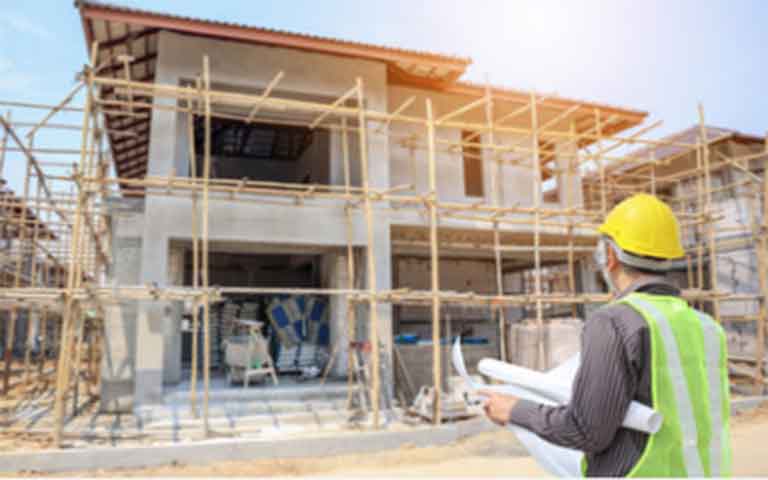Humidity Control for Construction Projects

For large construction projects, many variables have to be considered to ensure that the workmanship is of the required standard, and is delivered on time within the specified budget. However, there are several challenges which the site supervisor or the contractor faces while working towards the timely completion of the project, and most notably is the moisture-related problems. It is for this reason that regulation of humidity levels in a site is crucial for the success of any construction project.
Many studies point to the fact that humidity is detrimental to the success and sustainability of any construction in the following ways:
Material Degradation
Different construction materials require specific temperature and humidity conditions under which they can be stored. For instance, manufacturers recommend that cement and grout be stored in cool and dry places that are free from moisture. That is because these materials can absorb moisture from the environment (they are hygroscopic) which may trigger chemical reactions. As a result, they may end up having lower strengths, which eventually compromises the integrity of structural components.
Similarly, exposure of steel reinforcement bars and metallic formwork to moisture may result in corrosion.
Reduced Strength of Structures
High humidity levels may prevent concrete structures from reaching their target strength. When the surrounding moisture is high, the concrete takes more time to dry out, since the surrounding air is not able to hold more moisture. As a result, the overall compressive strength of the freshly placed concrete will decrease significantly.
Apart from that, there is evidence that points to the fact that high humidity increases the pH of concrete. Since concrete is acidic, a shift in pH may interfere with the mixability of any additives or admixtures added to it.
Delayed Construction Period
High relative humidity reduces the rate at which concrete sets and cures. This means that the time required for strength gain will be more. As a result, there will be many downtimes and a high risk of falling behind schedule. For instance, painting the walls may not be possible if the concrete finishes are still wet. Consequently, there will be a loss of labor, which eventually increases the overall cost of the project.
Future Mold Problems
With an increase in moisture, there is a corresponding increase in the probability of mold growth. When relative humidity increases above 55%, there is an increased risk of mold growth both on the construction materials and the constructed surfaces. If immediate control protocols are not initiated, the mold may continue to grow and spread. That is hazardous since it is known to produce spores, which are allergens that may cause respiratory complications to individuals within the site, and future beneficiaries of the project.
Even though the influence of weather in determining environmental humidity may be out of your control, there are alternative means which may be useful in controlling moisture within the site.
Taking Control of Site Humidity
A proven way to regulate humidity on the construction site is using dehumidifiers. Essentially, these are devices used to control moisture. Depending on your preference, you can select from one of the three categories:
Heat Pump Dehumidifier
AlorAir®Storm LGR Extreme dehumidifier is worth recommending. This dehumidifier consists of fans, heat exchange coils, and heat pumps. The fan drives warm moist air to the heat exchange coils. These coils have extremely low temperatures, and when the moist air comes to contact with them, the moisture cools, condenses, and accumulates in a condensation tank.
Air Movers
Air movers are used to removing moisture by accelerating the rate of moisture evaporation. It works by increasing the frequency of air circulation. As a result, the drying time on surfaces decreases. It is also known as commercial blower fans, industrial blowers, or floor drying fans. Alorair Zeus Extreme Axial air mover performs well in fast-drying work.
Desiccant Dehumidifiers
Desiccant Dehumidifier is a special type of dehumidifiers, which does not have compressors or heat exchange coils. Instead, it has a desiccant wheel made of silica gel or any other adsorbent material. The moisture removal process involves the absorption of moisture, and when the hydrophilic material becomes saturated, it is regenerated by internal heaters.
Final Thought on Creating Ambient Conditions for Your Site
With the many types and brands of dehumidifiers out there, it is vital to seek expert advice from trusted manufacturers and dealers, who may give you the best recommendation depending on your regional climatic conditions and the type of construction you are erecting. Other factors that you can consider before acquiring a dehumidifier include their working mechanism, power consumption, and portability.




